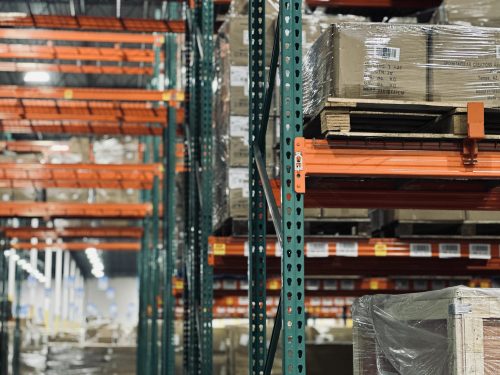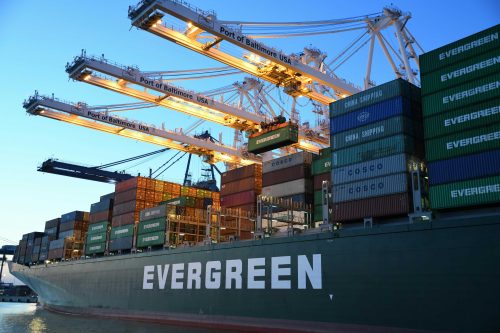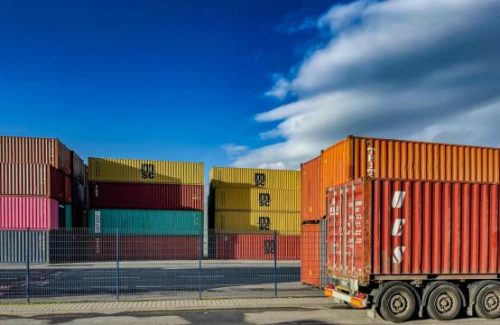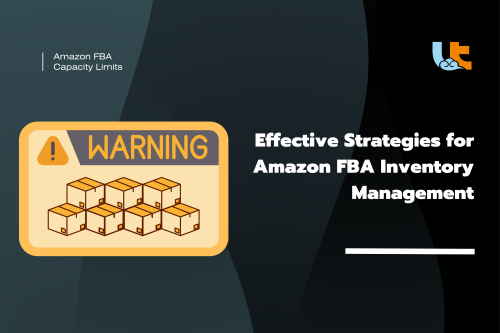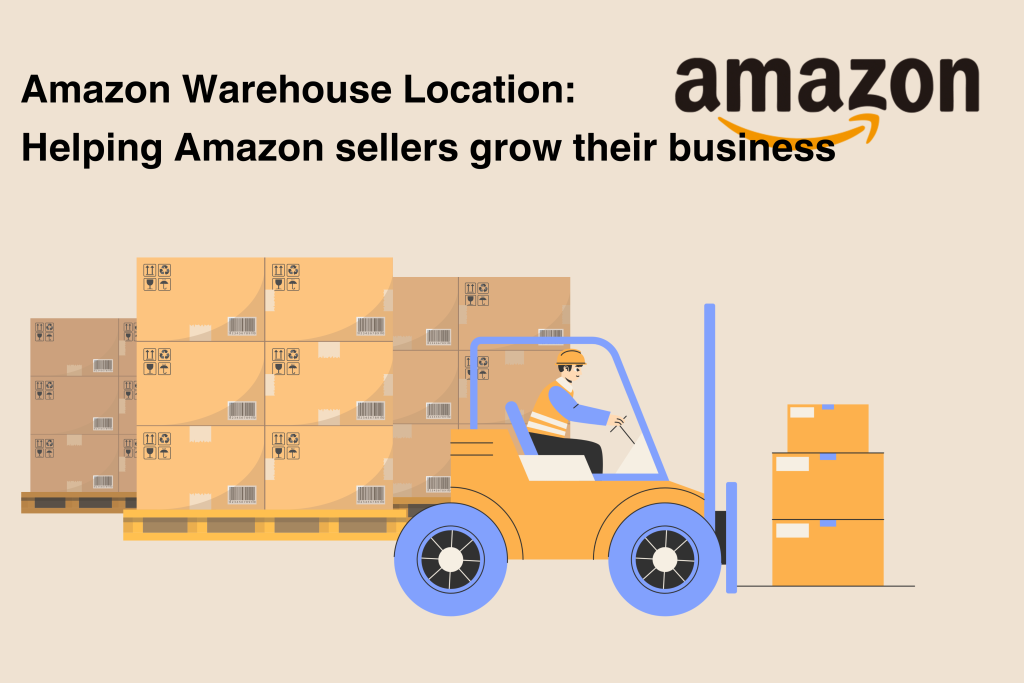
Amazon's vast network of warehouses, also known as fulfillment centers, plays a crucial role in its logistics and supply chain operations. The strategic placement of these warehouses impacts sellers, tax implications, and overall efficiency. This essay explores the various aspects of choosing an Amazon warehouse location, including its impact on sellers, tax implications, facility advantages, types of warehouses, and frequently asked questions.
The Impact of Amazon Warehouse Location on Sellers
Amazon's extensive network of warehouse locations significantly influences the operations and success of its sellers. The strategic placement of these warehouses affects various aspects of the selling process, including shipping speed, costs, inventory management, and customer satisfaction. Here are some key ways in which Amazon warehouse locations impact sellers:
Shipping Speed and Costs
Proximity to Customers: Warehouses located closer to major customer bases reduce shipping times, enabling faster delivery. This is particularly beneficial for Amazon Prime members who expect expedited shipping. Faster delivery not only enhances customer satisfaction but also increases the likelihood of repeat purchases.
Reduced Shipping Costs: Shorter shipping distances translate to lower shipping costs. By storing inventory in warehouses near key markets, sellers can minimize shipping expenses, thereby improving their profit margins. Additionally, Amazon's extensive warehouse network allows for more efficient route planning and logistics, further reducing costs.
Inventory Management
Efficient Stocking: Strategically placed warehouses facilitate better inventory management. Sellers can distribute their products across multiple locations, ensuring that inventory is readily available to meet customer demand. This reduces the risk of stockouts and helps maintain consistent sales.
Multi-Warehouse Strategy: Utilizing multiple warehouses across different regions allows sellers to balance their inventory effectively. This approach not only optimizes storage space but also improves order fulfillment efficiency. By having products closer to customers, sellers can quickly respond to changes in demand and avoid delays.
Enhanced Customer Satisfaction
Faster Delivery Times: Quick and reliable delivery is a key driver of customer satisfaction. By leveraging Amazon's strategically located warehouses, sellers can offer faster shipping options, enhancing the overall shopping experience for customers.
Improved Order Accuracy: Advanced technology and automation in Amazon warehouses reduce the likelihood of order errors. Accurate order fulfillment leads to fewer returns and complaints, contributing to higher customer satisfaction and loyalty.
Sales Tax Implications
Sales Tax Nexus: Storing inventory in Amazon warehouses can create a sales tax nexus in the state where the warehouse is located. This means that sellers are required to collect and remit sales tax in those states, which can complicate tax compliance.
Compliance Requirements: Sellers must stay informed about the varying sales tax rates and regulations in different states. Proper tax management is essential to avoid penalties and ensure smooth operations.
Competitive Advantage
Prime Eligibility: Products stored in Amazon warehouses are eligible for Amazon Prime, a key selling point for many customers. Prime eligibility can increase product visibility and sales, giving sellers a competitive edge in the marketplace.
Access to Advanced Logistics: Amazon's warehouses are equipped with state-of-the-art technology and logistics systems. Sellers benefit from Amazon's expertise in supply chain management, allowing them to focus on growing their business rather than managing logistics.
Potential Drawbacks
Increased Costs: While storing inventory in multiple warehouses can reduce shipping costs, it may also increase storage and handling fees. Sellers need to carefully balance the benefits of faster shipping with the additional costs associated with multi-warehouse storage.
Complexity in Inventory Management: Managing inventory across multiple locations can be challenging. Sellers must have robust inventory management systems in place to track stock levels, coordinate shipments, and avoid overstocking or stockouts.
Types of Amazon Warehouse Locations
Fulfillment Centers (FCs)
Fulfillment Centers are central to Amazon’s logistics network, handling the storage, picking, packing, and shipping of products to customers. These centers store a wide variety of products, from electronics to household items, and utilize advanced automation and robotics for efficient order processing. By streamlining operations with automation technologies, these centers can handle large volumes of inventory, ensuring product availability and reducing processing times.
Sortation Centers
Sortation Centers play a crucial role in organizing and routing packages based on their final destinations, thereby enhancing last-mile delivery efficiency. Packages are sorted by zip code or delivery route and then dispatched to local delivery stations for final delivery. This improves delivery times by ensuring that shipments are quickly and accurately organized, reducing the risk of misdirected packages.
Prime Now Hubs
Prime Now Hubs cater to Amazon Prime members' rapid delivery needs, offering same-day or two-hour delivery options. These hubs are designed for quick processing and are strategically located in urban areas to serve densely populated regions. They provide customers with ultra-fast delivery for essential items, enhancing overall shopping satisfaction and convenience.
Delivery Stations
Delivery Stations are the final stop before packages reach customers, receiving sorted packages from sortation centers and preparing them for last-mile delivery. These stations stage packages for delivery drivers and facilitate local distribution, ensuring that packages are delivered efficiently and timely to customers in specific localities.
Return Centers
Return Centers manage the processing of customer returns, including inspecting, refurbishing, and restocking returned items. They ensure that returned items are inspected for quality, refurbished if possible, and non-resalable items are disposed of or recycled. Efficient returns processing at these centers enhances customer satisfaction and helps maintain accurate inventory management.
Fulfillment Centers for Non-Sortable Items
These specialized fulfillment centers handle large, heavy, or bulky items that cannot be processed in standard fulfillment centers. They are equipped with specialized machinery to handle oversized items and are designed to store large and non-standard products. These centers provide versatility in handling a wide range of product sizes and weights, ensuring safe and efficient processing of large items.
Cross-Dock Centers
Cross-Dock Centers facilitate the direct transfer of products from inbound trucks to outbound trucks with minimal storage time. Goods are moved directly from receiving to shipping areas, reducing transit time by eliminating unnecessary storage. This process minimizes handling costs and improves supply chain efficiency, ensuring that products are quickly and cost-effectively transferred through the supply chain.
Check Amazon Warehouse Location
As of 2024, Amazon has 100+ distribution centers, click through for our summary of Amazon distribution center locations.
FAQs About Amazon Warehouse Location
Q1: How does Amazon decide where to build new warehouses?
A: Amazon considers factors such as proximity to major markets, transportation infrastructure, labor availability, and regulatory environment when deciding on new warehouse locations.
Q2: Can sellers choose which Amazon warehouse to send their inventory to?
A: Sellers using Fulfillment by Amazon (FBA) must ship their inventory to the designated warehouses specified by Amazon. This ensures efficient distribution and order fulfillment.
Q3: How do warehouse locations affect delivery times?
A: Warehouses located closer to major customer bases and transportation hubs can significantly reduce delivery times, enhancing customer satisfaction.
Q4: Are there additional costs associated with storing inventory in multiple Amazon warehouses?
A: Storing inventory in multiple warehouses may incur additional storage and handling fees. However, it can also reduce shipping costs and improve delivery times.


